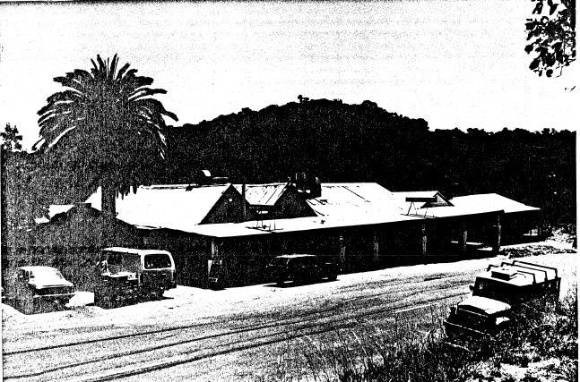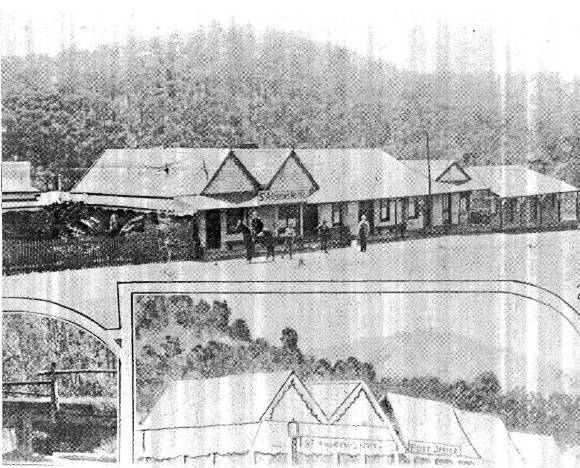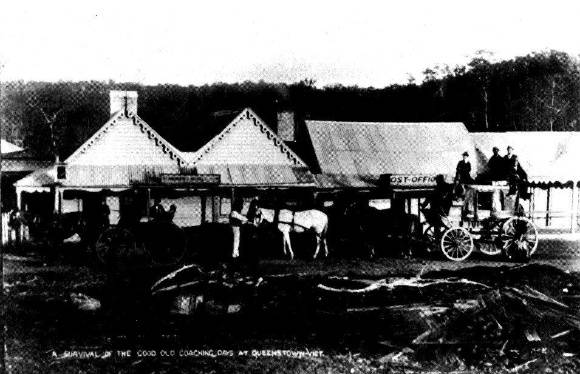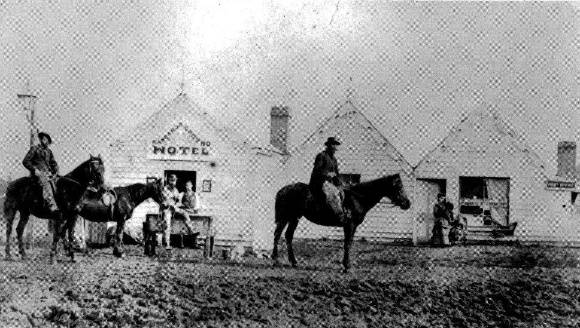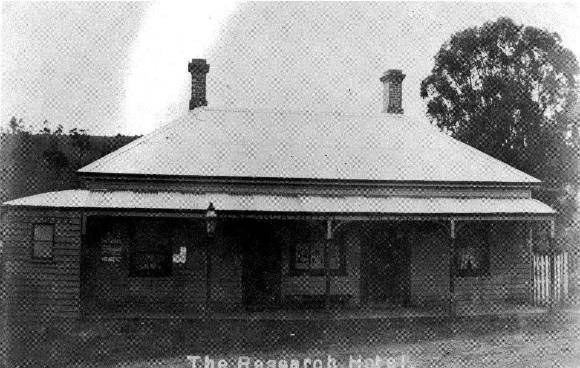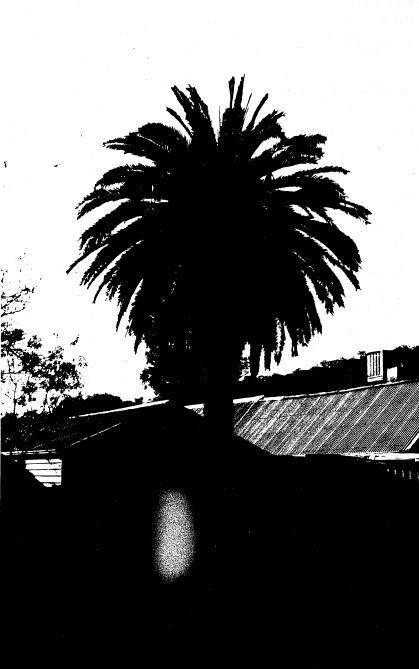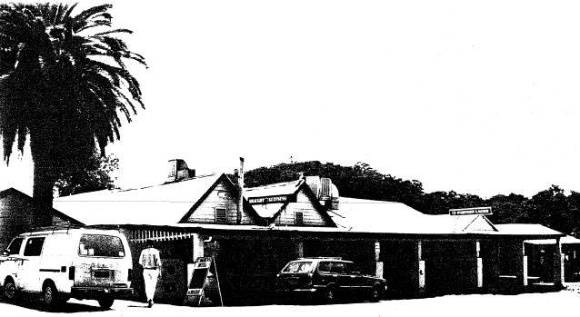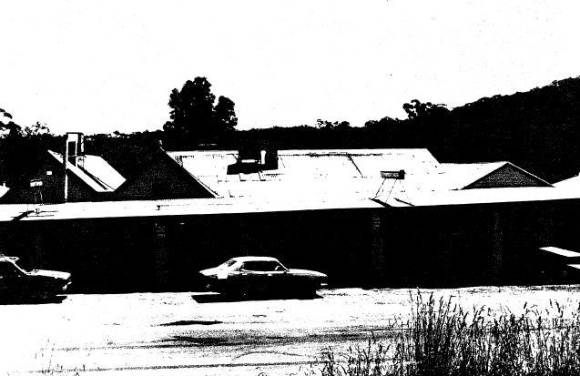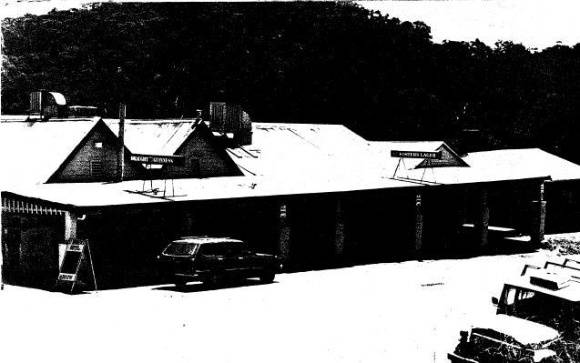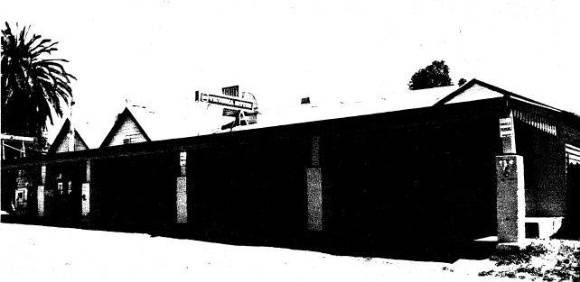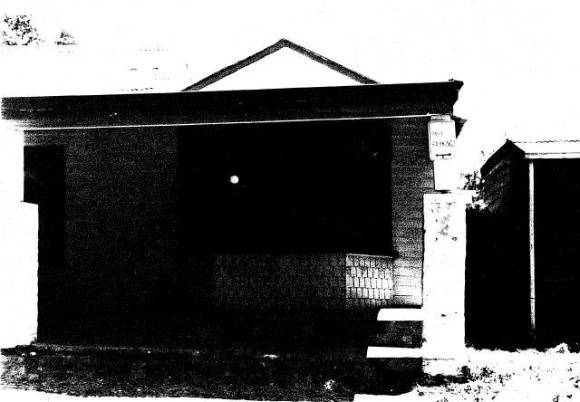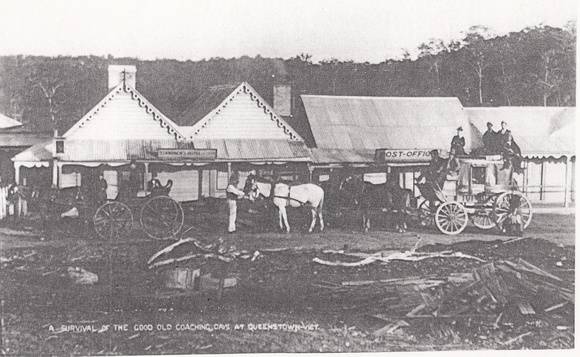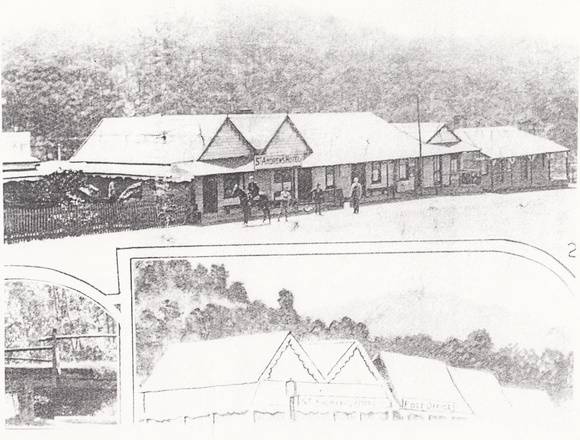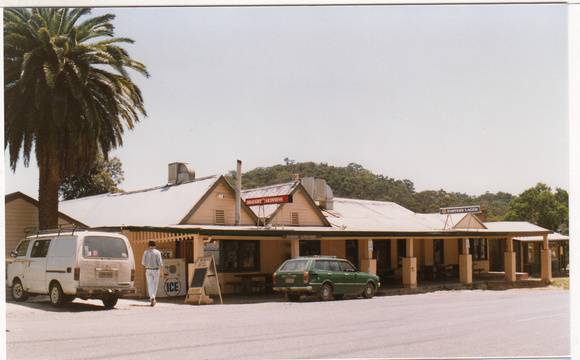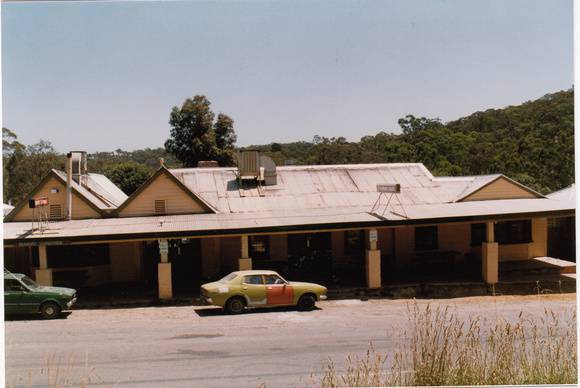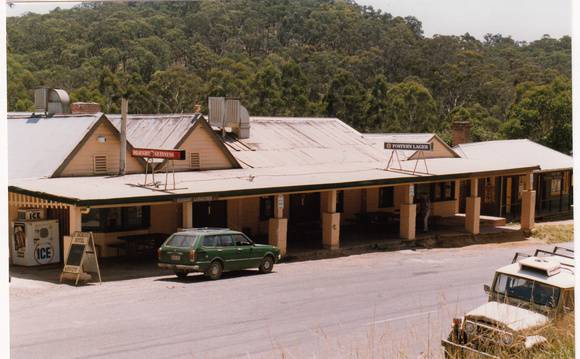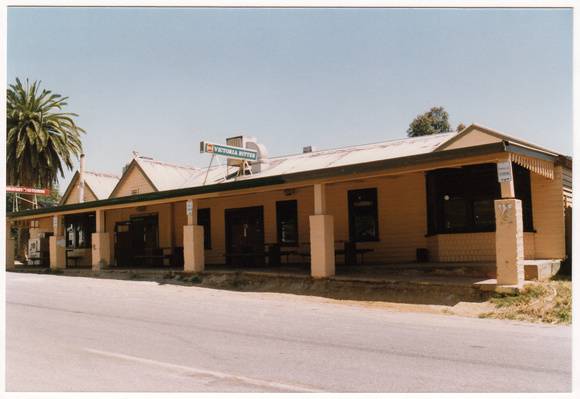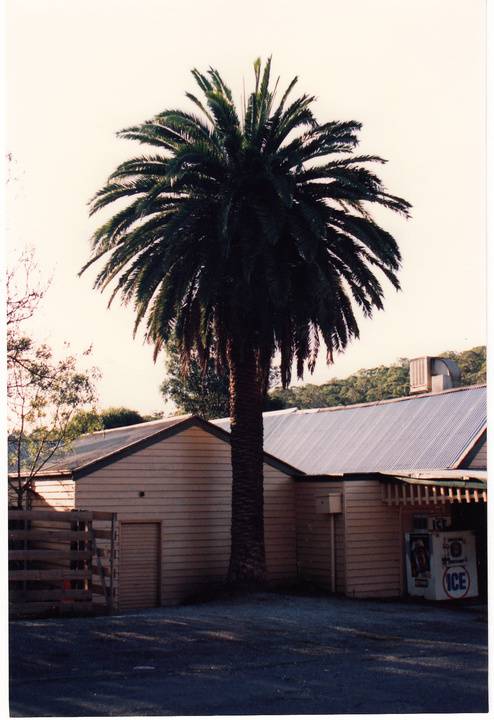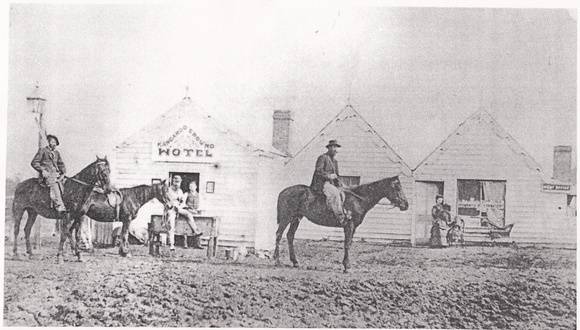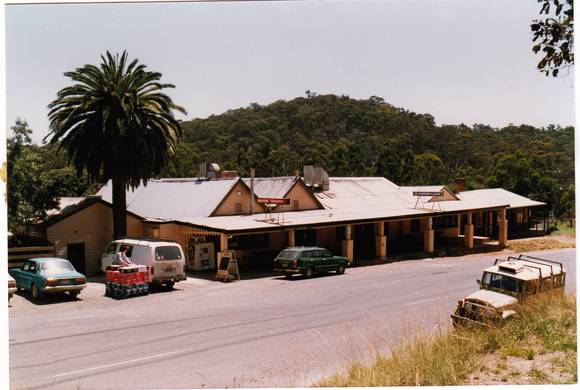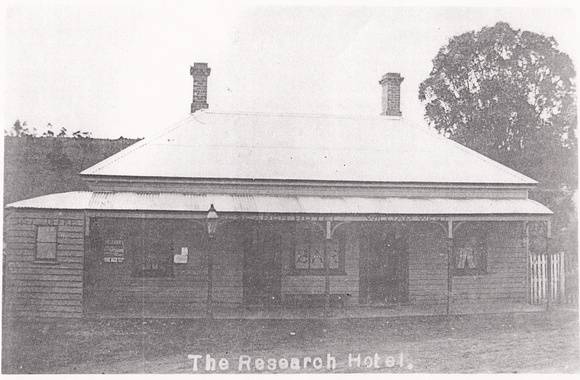| Back to search results » | Back to search page » |
|
1) ST. ANDREWS HOTEL AND 2) CANARY ISLAND PALM TREE
Statement of Significance
REVISED STATEMENT OF SIGNIFICANCE, CONTEXT, 2010 What is significant?
How is it significant?
Why is it significant? The Canary Island Palm is historically significant as a rare example of exotic tree planting in this rural area (Criterion B). The tree is aesthetically and historically significant as a local landmark and for its contribution to the streetscape and landscape value (Criterion E).
The c1860 St Andrews Hotel, with the c1930 additions, and the Canary Island Palm, and the surrounding site to the title boundaries
The St Andrews Hotel and Canary Island Palm are historically, socially and aesthetically significant to the Shire of Nillumbik.
The St Andrews Hotel is historically significant because it may have given its name 'St Andrews' to the town (another suggestion is that the name came from a local church, see HO21) and for its connection to Ewen Hugh Cameron (1831-1915) the prosperous local farmer, member of the Eltham Roads Board/Shire Council and local MP (Criteria A & H). It is also significant as the oldest hotel building in the former Shire of Eltham, as one of the few surviving buildings connected with the Caledonian goldfields era and as one of a handful of early structures to have survived the 1960s bushfires; the additions and alterations to the hotel reflect its long life (Criterion A & B). The hotel is socially significant because it has served as an important meeting place for almost 150 years (Criteria G & H).
Group
Parks, Gardens and Trees
Category
Tree


